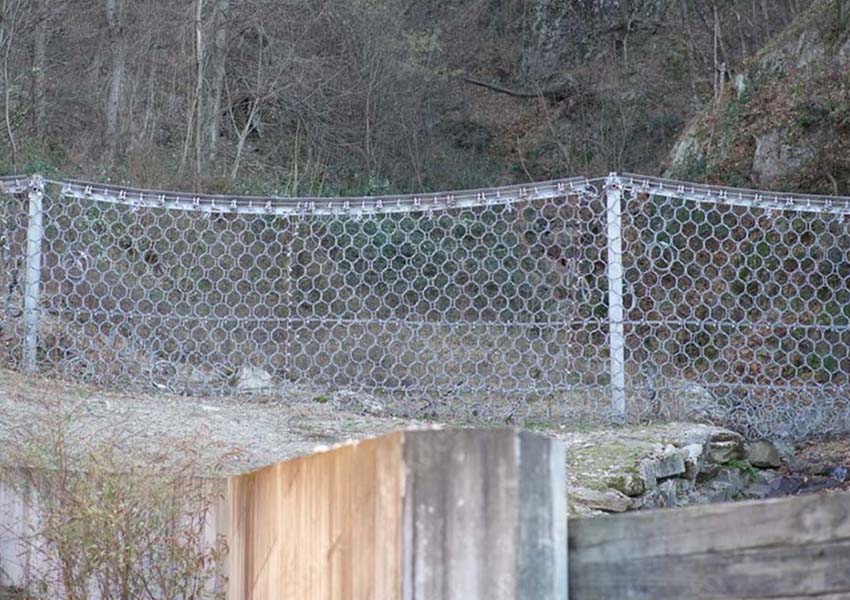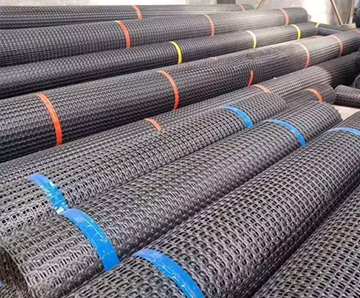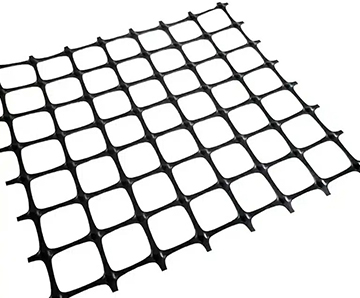
Rock Fall Protection is essential in areas prone to falling rocks, landslides, or debris flow, especially along highways, railways, and mountainous terrains. These solutions help safeguard people, vehicles, and infrastructure from potentially hazardous rock falls.
Rock fall protection systems include retaining structures, wire mesh nets, catch fences, rock bolts, and barriers. These systems are designed to absorb, redirect, or contain falling rocks while minimizing damage. The selection of the method depends on the slope geometry, rock type, and the expected volume and energy of rock movement.
Applications of rock fall protection are critical in civil engineering and road safety projects. The systems ensure slope stabilization, reduce maintenance costs, and enhance safety in high-risk areas.

